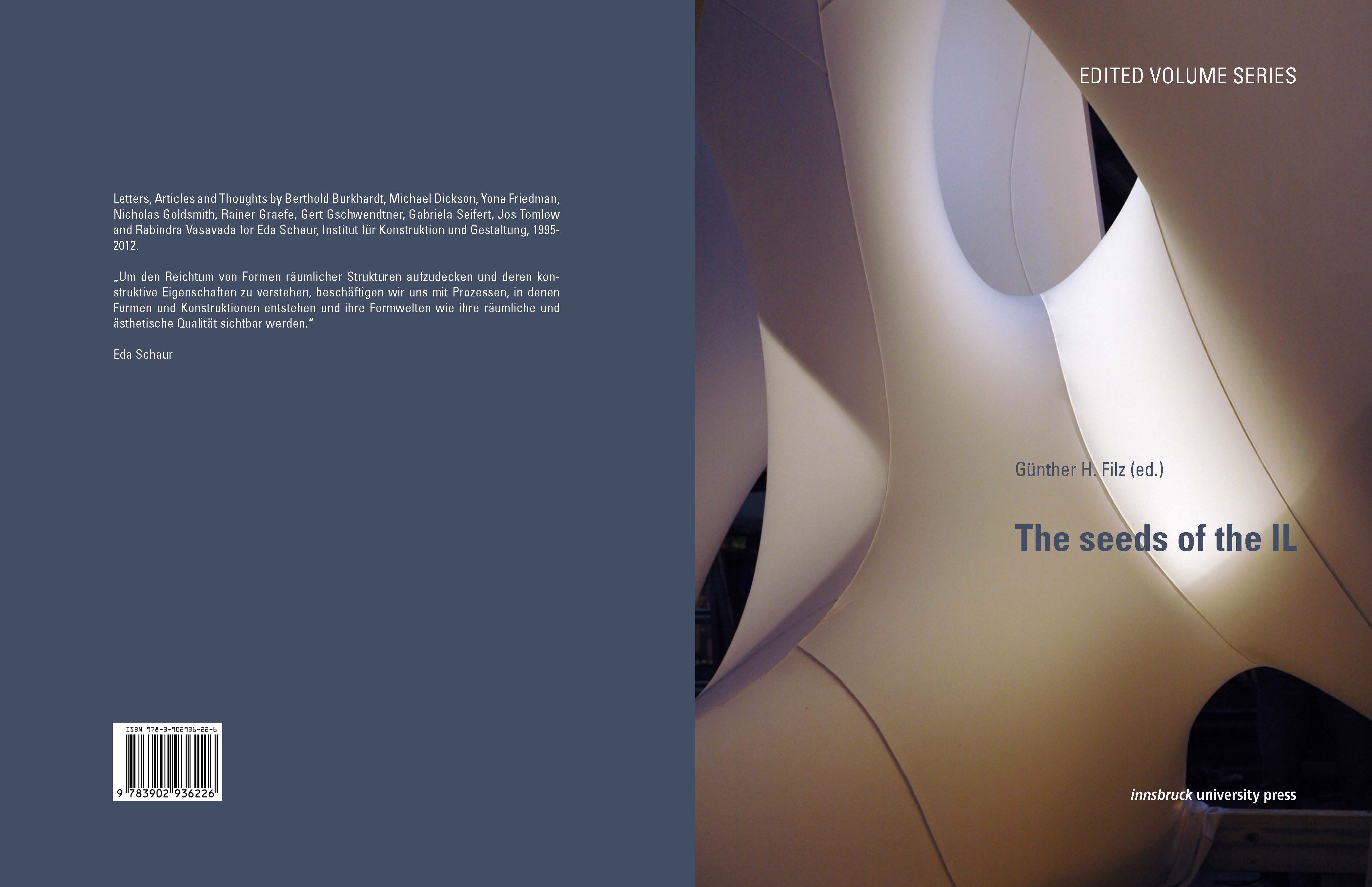Seminars/Workshops by:
Nicholas Goldsmith, ftl, NYC, NY, USA
Gerry D`Anza, Naples, Rhino Membrane, Italy
Material & Structural Intelligence
Materiality and structure are important subjects fundamental to architectural design, but often understood as secondary and supportive to other aspects of design. In this seminar we will strive to uncover means by gaining an understanding that material properties can yield innovative structural solutions. In the exploration of this type of thinking, we will employ real material tests to develop self optimized forms and advanced digital tools to develop them.
Part 1
Grasshopper introduction :
a) basics of GH
b) generative design
c) parametric components
Rhino membrane grasshopper interface:
With the extension plugin Rhino-Membrane for grasshopper we will introduce interactive and parametric digital Form-Finding of minimal surfaces and surfaces bound to a positive stress at each point. Double curved saddle shapes and inflated cushions with isotropic or anisotropic stress fields are introduced with a basic understanding of the principles behind force active structures.
Part 2
After initial research into rigid and non-rigid surface structures, students will explore systems through a deliberate process of oscillating back and forth between physical and digital models. By feeding the tests and assumptions, robust structural and material systems embedded with rationality will be developed. These systems will later be deployed at the scale of an open air pavilion.
Once the fundamental behavior and performative principles of each system have been understood, we will begin to pull abstract systems into real design concepts. A site will be selected with load bearing points and spatial requirements and each project will be tested and transformed to accommodate these constraints. As the projects begin to resolve themselves as architectural spaces, additional requirements will be considered including building materials, rainwater management and methods of building. Each project will reach a level of resolution evident in a cohesive collection of drawings highlighting the intelligence of the design and the structural and material systems.
SKILLS & TOOLS
Material Exploration – Students will work in the tradition of Antonio Gaudi and Frei Otto to develop novel material experiments which take advantage of intelligence innate to various materials
Digital Media – Students will work with a suite of parametric design software within the Rhino environment, including Grasshopper. Grasshopper plug-ins for surface penalization and structural optimization may be used.
Drawing + Documentation – Students will learn methods of extracting intelligible 2D linework from 3D geometry
INSTRUCTIVE TEXTS
Philip Ball – Nature’s Patterns: a tapestry in three parts
AD – March/April 2012, Material Computation edited by Achim Menges
Martin Bechtold – Innovative Surface Structures
Paula Jackson – Folding Techniques for Designers
Frei Otto – Form Finding
Hans Joachim Schock – Soft Shells
Sutherland Lyall – Remarkable Structures
Phillip Drew – Structures Tendues, une architecture nouvelle
Klaus-Michael Koch – Membrane Structures
Robert Kronenburg – FTL: Softness, Movement, Light
Kazuo Ishii – Membrane Structures in Japan
Hubert Salden, Innsbruck, Austria
‚architecture noire‘ – ein Projekt für soziale Tektonik
In der zeitgenössischen Situation hilft vor allem Schwarzer Humor: das Bauen und das Sprechen darüber ähneln eher der Schwarzen Serie (film noir) oder einem schwarzen Loch (trou noir) als dem Pavillon noir, der gerade positiv von sich reden macht. Schwarz sind die materia prima, die Fahnen der anarchistischen Bewegungen, die Synthese ebenso wie die Verneinung, die Schwerkraft, der Umbruch und das Unbewusste in Wissenschaft und Gesellschaft.
Architecture noire in ihren gesellschaftlichen Verknüpfungen reicht weit über sich als Disziplin hinaus. Sie ist als soziale Tektonik gefordert. Im Windschatten bildet sich Neues. In der Lehrveranstaltung untersuchen wir den gegenwärtigen Stellenwert des Bauens, sei es weltweit oder in der Region.
Chris Williams, University of Bath, UK
The title of our Workshop is ‘Emergenz in Natur und Technik’ or ‘Emergence in nature and technics’. The title is obviously inspired by IL9 – ‘Pneus in Natur und Technik’.
We are interested in both physical experiments and modelling those experiments with computer programs. The experiments can be with any material, string, sand, water, rubber, tin cans etc. Emergence is a massive topic and everything around us could be said to have been the result of some emergent or self organising process – inorganic nature, organic nature, political parties, city plans, structural forms etc.
Simon Schleicher & Riccardo LaMagna, ITKE, University of Stuttgart, Germany
& Günther Filz, Institute of Design, unit.koge Structure and Design, University of Innsbruck, Austria
The title of our Workshop is ‘Processes of Formfinding | Idea and Realization by Active Bending’. We will observe (plate)material and its architectural qualities under the aspect of active bending. First approaches will give insight into this method of formfinding, its priciples behind and its limits. The creative process of trial and error by the experience of physical and digital simulation will give students the possibility of developing formfinding strategies under the aspect of its selforganizing rules and limits.
Martin Trautz, RWTH, Aachen, Germany (to be confirmed)



